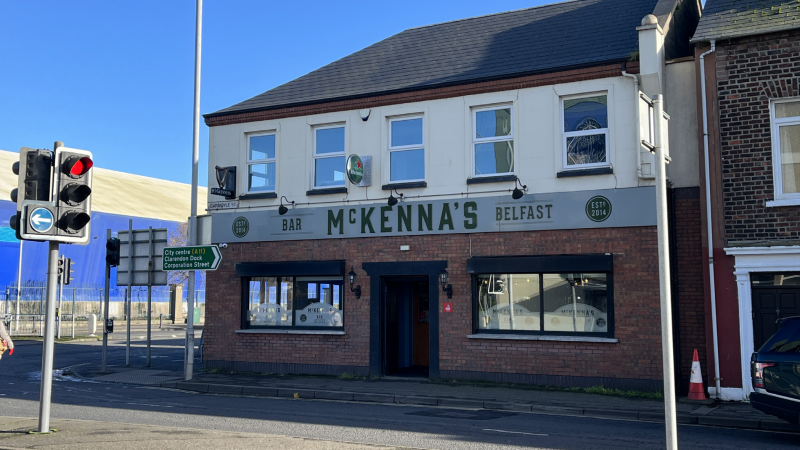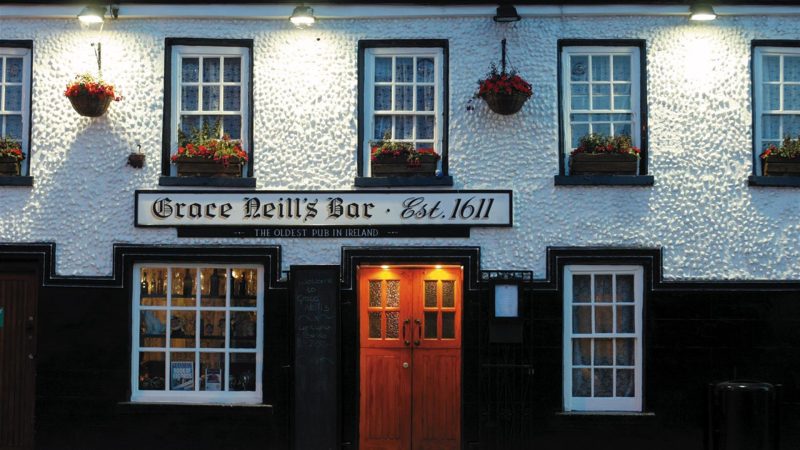Squaring up to change
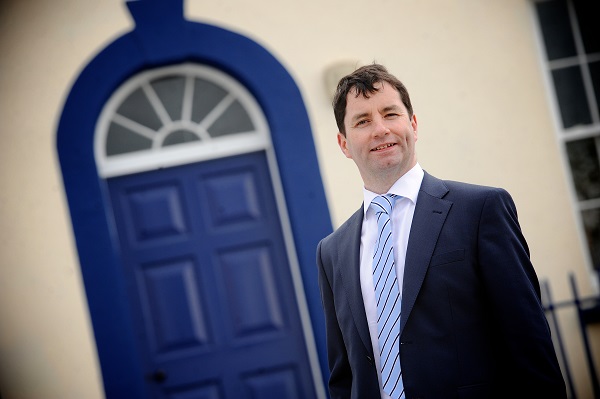
Co-ordinated development is helping to transform opportunities for tourism and economic growth in Northern Ireland’s north-western corner…
Many of us who grew up in Londonderry during the 1970s and 80s will share memories of a city torn apart by two decades of violent civil war and inter-communal strife.
Yet the same vigour that once characterised the city’s years-long sectarian conflict seems now to apply to its remarkable growth as a peaceful and expanding region – a beacon for all those who argue that accommodation can be found for even the most intractable of disputes.
Its recent stint as the first UK City of Culture silenced many of its critics. Despite a shaky start, when disagreements between the organising body and the local council cast a shadow over the programme, the initiative appears to have been a success. During one event alone – the Fleadh Cheoil in August 2013 – more than 430,000 visitors from all over the world thronged the streets of the city in the space of just one week.
One of those bodies that hold responsibility for charting a path for Derry’s ongoing recovery is ILEX, an urban regeneration group that was established in 2003 to champion sustainable economic, physical and social development in the region.
A very large part of that brief is centred on the immense public space at Ebrington Square in the Waterside region of the city. Covering an area larger than London’s Trafalgar Square, Ebrington features no fewer than 14 listed buildings within its boundaries and now sits as the centrepiece of Derry’s burgeoning reputation as a magnet for tourists.
The over-arching vision for social and economic regeneration of the north-west region is contained within The One Plan, which sets out objectives and priorities alongside an effective organisational framework, clear roles and effective relationships between delivery partners.
The process of drawing up the plan was co-ordinated by ILEX and not surprisingly, the Ebrington site – for which ILEX is now responsible – plays a major role in securing a sustainable social and economic future for the region.
Mel Higgins is chief executive of ILEX:
“The key selling point that we really push with Ebrington is its heritage,” he told LCN recently. “The site goes back to 1841 and it’s in a beautiful riverside location with fantastic views right across the historic city.”
In fact, the Ebrington site was first designated for military use as far back as the Siege of Derry in 1689, although it wasn’t until Victorian times that a permanent barracks was constructed on the site. The original buildings were in the shape of a ‘star fort’, laid out on three sides overlooking the River Foyle. The fort is now one of two scheduled monuments in the city – the other is the city walls themselves – and there are 19 buildings of historic interest at Ebrington.
The space at Ebrington has already been used very effectively for a vast array of major events, including the opening ceremony for the Cultural Olympiad, the Peace One Day concert and a performance by The Beach Boys.
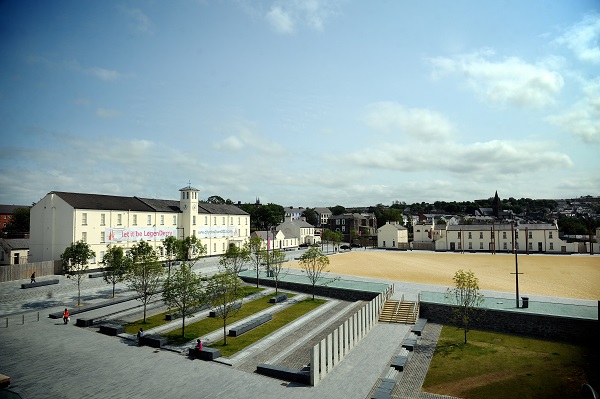
Both Ebrington and the 235-metre Peace Bridge which spans the River Foyle and carries pedestrians to the Square from the west bank of the city are symptomatic of Derry’s remarkable renaissance:
“Derry has come a long way from where it used to be,” agrees Mel Higgins. “The whole city has grown rapidly and expanded, there has been significant investment in improving the look and feel of Derry.
“And as we developed the One Plan, we found that people were willing to come together and engage with each other and, in doing so, they realised that they were making the city a better place for themselves and for future generations.
“I think that this realisation was a big turning point, the people wanted to build this vibrant new community to ensure that there would be jobs and to secure benefits that could improve the outlook for all the communities in the city. That represents a massive step-change in thinking, everyone is committed to the future and you can see that very clearly in all the communities.”
It’s evident too in the visitor figures – there has been a seven per cent year-on-year rise in hotel room sales in the city and in the first six months of 2014, visitors from mainland Europe increased by seven per cent and by three per cent from the USA.
“Most of the visitors that we speak to tell us that they see this place as friendly and engaging and this is something that we’ve sought to build on going forward through programmes such as WorldHost,” added Mr. Higgins. “Derry is the first city to be officially recognised by WorldHost in the UK.”
In terms of inward investment, he believes that the indigenous skill base and Derry’s improving infrastructure have lent the region a new credibility and he sees the open spaces along the city’s riverbank and improved transport links with the rest of the province as positive developments:
“We’re now focused on building our skills base,” he added. “We’re committed to working with the University of Ulster at Magee, which will be key to delivering economic growth, and we want to see more employment opportunities that can help us retain our young people in the city.”
Among those plans is a focus on improving the city’s digital IT sector, which is considered to be one of its strongest selling points.
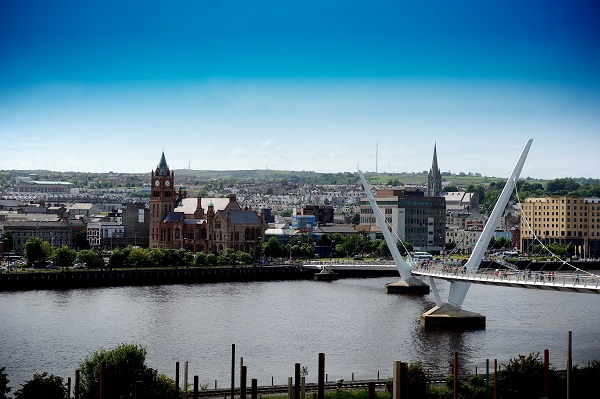
Plans for the future development of the Ebrington site augur well for Derry’s potential as a visitor destination. Many of the Square’s visitors come to the site via the Peace Bridge, which sees more than a million crossings annually:
“Just by drawing all these people into Ebrington, we’re creating demand there for services,” continued Mel Higgins. “We have a café opening on-site next month with allied retail, there is already office space there which is being used by the DoE, and ILEX itself is set to re-locate there in March.”
In November, the completion of a £5.5m public realm scheme at Ebrington was announced by the First and Deputy First Ministers. That work included a 214-space multi-storey car park, new access to the Belfast and Dublin roads at the King Street roundabout and a new link extending the Waterside Greenway and providing new opportunities for cycling and walking in the city.
ILEX is also now pushing for hotel and conference centre development on the site and a number of potential operators have already visited to view the facilities.
Away from Ebrington, work is also ongoing to establish an extensive mixed-use development at Fort George, another former military base on a waterfront site at Strand Road. The site is currently undergoing decontamination and the opening of the development is still some years off, but once complete, it should offer shops, cafes, bars and restaurants as well as housing, educational facilities and a research and development centre.
“All of this will help us going forward as we work to market the city”, continued Mr. Higgins. “Our main priority in 2015 is to take forward development at Ebrington and in the course of that, we’ll be seeking outline planning permission for the entire site, which should make it more straightforward to take forward individual buildings in the future.
“Looking forward perhaps five years, we would hope that Ebrington would have been significantly developed with half or more of its existing buildings finished and a hotel on the site,” he added. “There should also be 70,000 sq. ft. of office accommodation there and we would like to see a cluster of hi-tech creative businesses. Our existing creative hub should bring in about 50 new jobs this year and we might look at building a second or third hub in the future.”
It is also hoped that by 2019, a maritime museum and genealogy centre will be open at Ebrington.
Photographs courtesy of Stephen Latimer.





